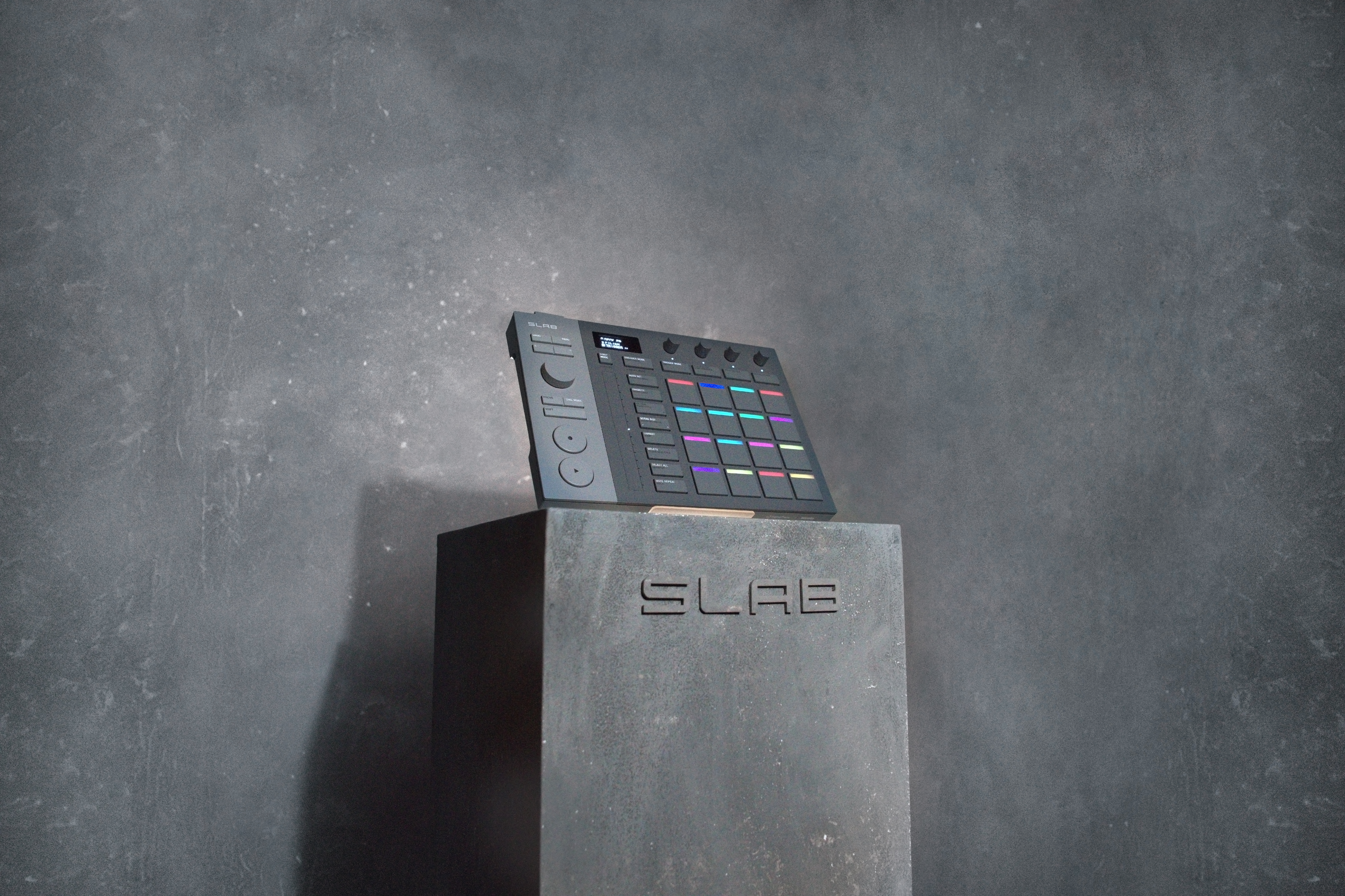A balanced interface can reject any interference — whether because of ground voltage differences, magnetic fields, or electric fields — as long as that interference produces identical voltages, with respect to ground, on each of the signal lines. Because they’re common to both inputs, these identical voltages are referred to as thecommon-mode voltage. If everything were perfect, the balanced input circuit would not respond at all to this voltage.
However, in the real world, the response is not zero. The ratio of its response to signal (called differential gain) and its response to interference (called common-mode gain) is known as its common-mode rejection ratio (CMRR). Therefore, higher numbers, usually expressed as decibels, mean better rejection of hum, buzz, and other interference.
Part 1 of this article, which ran in the March 2003 issue, ended with a reminder that noise rejection in a balanced signal interface isn’t just a function of the CMRR of the balanced input itself. Inescapably, actual noise-rejection performance of the interface depends on how the driver, cable, and receiver interact. This month I’ll explain the effects of cable construction and its shield connections.
EFFECT OF CABLE CONSTRUCTION
Only two conductors are required to complete the signal circuit, whether an interface is balanced or unbalanced. The noise rejection in a balanced interface is due to the match in impedances, with respect to ground, of the signal pair. AC magnetic fields induce voltages in wires. The magnitude of the voltage depends on the strength of the field, which depends on the distance between wire and field source. Therefore, equal voltages will be induced in the two wires of a balanced cable only if they are equidistant from the field source. Any voltage difference is added to the signal as noise.
Twisting of the two wires is a first-order technique to make induced voltages identical by averaging the physical positions of the wires. Star-quad construction enhances this idea by parallel connecting two twisted pairs, further reducing susceptibility to magnetic fields by about 40 dB. At audio frequencies, magnetic coupling is totally unaffected by aluminum or copper cable shielding. Remember that wiring at terminal blocks and inside XLR connectors is vulnerable to magnetic fields because the twisting is opened up, effectively creating a pickup loop.
Ground voltage differences between system devices can cause considerable current flow in cable shields, creating a magnetic field extremely close to the signal conductors inside. The balance of induced voltages in the twisted pair depends on the mechanical symmetry of its twisting as well as the uniformity of current flow in braided shields or the symmetry of drain wire location in foil shields. Noise induced in the signal by the flow of shield current is called shield-current induced noise. In general, cables with foil shielding and drain wire are the worst offenders.
In typical shielded-twisted-pair cables, the capacitances of the signal wires to the shield are mismatched by 4 percent to 6 percent. As strange as it sounds, that is ultimately because the wires are different colors. The difference can be accounted for by normal mechanical tolerances in the thickness of their insulation.
SHIELD CONNECTIONS
The shield, if present, should always be grounded at the driven end of a balanced cable. There are two reasons for that. The first involves the mismatched cable capacitances explained previously. If the shield is grounded only at the receiver end (see Fig. 1), these mismatched capacitances and mismatched (often by 5 percent or more) driver common-mode output impedances form a pair of lowpass filters for common-mode noise. The mistracking of these filters converts a portion of common-mode noise to differential signal. But if the shield is connected only at the driver (see Fig. 2), this mechanism doesn’t exist, because all filter elements are at the driver ground potential.
The second reason involves the same capacitances working in concert with signal asymmetry. If signals were perfectly symmetrical (equal and opposite voltage swings) and capacitances were perfectly matched, the two capacitively coupled signal currents in the shield would cancel. However, imperfect symmetry and mismatched capacitances will cause net signal current in the shield. This current should be returned directly to the driver from which it came. If the shield is grounded at the receiver, all or part of this current will return by way of an undefined path that can induce system crosstalk, distortion, or oscillation.
At audio frequencies, the ultimate in CMRR comes from grounding cable shields only at the driver. But to guard against RF interference in which a typical system cable can become an efficient antenna, it’s best to ground the shield at more than one point. Therefore, a high-frequency treatment needs to be combined with a low-frequency treatment. This is a fundamental conflict between star and mesh grounding methods. One approach, called hybrid grounding, couples additional points on the shield to ground at high frequencies only through capacitors. This scheme’s merits and tradeoffs have been debated for several years in an AES Standards Committee working group.
Never ground the shield of a balanced cable only at the receiver end. I usually recommend grounding at both ends for two reasons. First, if the equipment input has marginal RF suppression, grounding the shield at the input will usually reduce the problem. Second, it doesn’t require the use of a specially wired cable that might find its way into another system and cause unexpected problems.
EQUIPMENT PROBLEMS
In a system, noisy ground currents always flow from one piece of equipment to another through cable shields. The design of some equipment lets this current flow in internal conductors, such as PC board traces, that are shared by high-gain circuitry. The result is common-impedance coupling into the signal path, which produces noise at the equipment output. When this defect exists, the equipment acts as though the shield connection was a low-impedance audio input. Because pin 1 is the shield connection for XLR connectors, this defect was dubbed “the pin 1 problem” by Neil Muncy in his 1995 AES paper.
Fig. 3 shows ground-noise current flow in a system where each piece of equipment has this designed-in defect. Fig. 4 illustrates a system where the equipment is free of the problem, and the rightmost device uses hybrid shield grounding. Muncy’s paper estimated that as much as 50 percent of commercial audio equipment was affected. Fortunately, a test instrument called the hummer, which can be built for about $10, will reveal the defect (for a schematic of a hummer, go to www.svconline.com). This problem often exists in equipment with unbalanced interfaces, too.
Construction information for the “hummer” can be found at www.jensentransformers.com/as032.pdf (Adobe PDF), and further information on the “pin 1 problem” can be found at www.jensentransformers.com/as085.pdf (Adobe PDF).
Bill Whitlock is president of Jensen Transformers. He has designed audio and video circuits systems for 30 years. He can be contacted by e-mail at [email protected].







